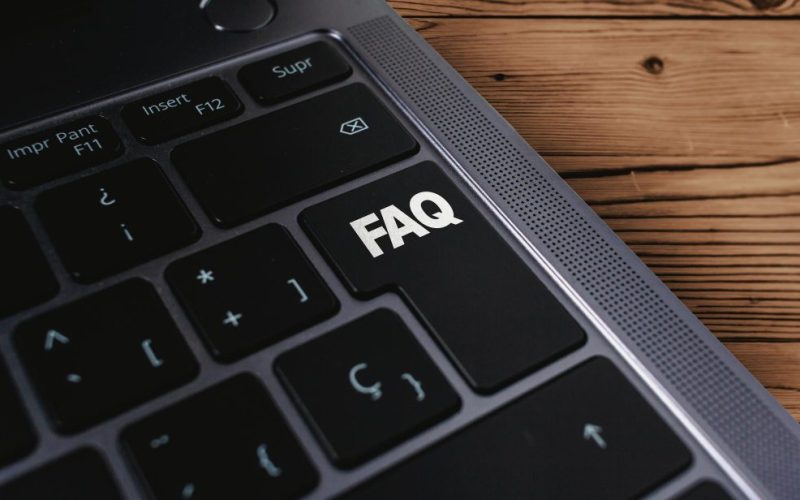Looking at your stats
If you’ve looked at your Google Search Console or Analytics this month and seen a big drop, you’re definitely not the only one. Since early September, loads of site owners have noticed sudden dips in impressions, clicks and traffic. Some charts just fell off a cliff overnight, and the weird part is that a few people even saw better average rankings at the same time. It’s all been a bit confusing really.
What happened in September 2025
Around the 9th of September things started to look odd. Impressions in Search Console dropped quite sharply between the 9th and the 14th, and then clicks slipped slightly between the 15th and 19th. For some websites it looked like half their visibility vanished, even though rankings didn’t actually move much. A few even saw higher average positions which makes the whole thing seem even stranger.
At first a lot of people thought it might be a Google core update or some sort of penalty, but that doesn’t seem to be the case this time. It’s more to do with how Google collects and reports its data rather than your actual SEO performance. In other words, the numbers changed but your audience probably didn’t.
Why impressions have fallen
The main cause seems to be a technical change from Google. For years search results could be loaded using a small bit of code that pulled up to 100 results on one page. This was often used by third-party tools, bots or scripts when crawling search results. Google quietly removed that feature in early September which means a lot of those extra impressions, especially for results that appear on page 5 or lower, are no longer being counted.
That might not sound like a big deal but it has a big impact on how impressions are measured. If your site showed up on lots of deep pages that people rarely clicked on, those used to count as impressions. Now they don’t. So your total impression count goes down even if nothing else has really changed.
Because those very low positions aren’t being counted anymore, your average position can actually improve at the same time. That’s why it can look like rankings are up while visibility is down. It’s a bit misleading but once you know the reason it starts to make sense.
Why clicks might look lower too
Clicks also dropped a little for some sites, but not nearly as much as impressions. This is mostly because when impressions fall, click-through-rate (CTR) percentages shift around. If Google is tracking fewer impressions, especially ones that were never clicked, your CTR can look better even though the total clicks look slightly lower.
Some website owners are also noticing small differences between Search Console and Analytics numbers. This can happen because Google Analytics measures actual visits to your site, while Search Console measures search interactions. When Google adjusts how it defines or counts those interactions, Analytics data can look out of sync for a while.
If your Analytics traffic is down but your leads, sales or enquiries haven’t really changed, that’s another sign that it’s a reporting issue and not a real drop in visitors.
How to check if it’s a real traffic drop
The easiest way to tell what’s really going on is to look at your behaviour metrics. If your bounce rate, pages per session and average session time are all about the same as before, it means your real visitors haven’t gone anywhere. Also check if your organic sessions in Analytics are stable. If they’re roughly the same, then you’re probably fine.
Sometimes when people panic about falling impressions they forget to check the actual conversions or enquiries. If you’re still getting the same number of messages or sales, then there’s nothing to worry about. It’s just the graphs looking a bit scary.
You can also compare your branded traffic to non-branded. If branded searches are holding steady but general search terms look lower, that’s another clue that the impression count has changed, not the audience.
What to do about the October drop
The first thing to do is make a note in your analytics timeline around 9th September so you remember that’s when the data shift started. When you look back in a few months, you’ll know that the drop in numbers isn’t performance-related but caused by a change in how data is being collected.
Keep an eye on your clicks and organic sessions rather than impressions for now. Those metrics are a bit more reliable when things like this happen. Focus on whether people are still visiting, engaging and converting on your site instead of chasing numbers that don’t really mean much on their own.
If you’ve recently made other changes to your website like a redesign or added new pages, double check that you haven’t accidentally blocked anything from being indexed or tracked. Sometimes unrelated updates happen at the same time as a Google data change, which can make things even more confusing.
Should you be worried
Probably not. Most SEO experts agree this isn’t a penalty or a ranking loss, just a change in how Google records impressions and visibility. Your site might look like it’s performing worse on paper, but in real terms, nothing major has changed. In fact, this kind of update can be a good thing as it helps clean up reporting and makes the data a bit more realistic.
It’s always a good reminder though to keep an eye on the bigger picture. Instead of focusing purely on graphs and stats, think about whether you’re still getting customers, enquiries and engagement. That’s what really matters.
If after a few weeks you notice your traffic genuinely falling off a cliff, then it’s worth doing a full SEO check-up just to be sure. But for most sites right now, it’s nothing to panic about.
Looking ahead
Going into the rest of October and November, expect things to stay a bit uneven in your analytics. Google often tweaks things a few more times after making a big change like this. Over the next few weeks, you’ll probably see the numbers settle into a new normal.
The best thing you can do is focus on strong, useful content, technical health and a good user experience. Those things always help no matter what data changes Google makes behind the scenes. Remember that data is just a snapshot — it doesn’t always tell the full story.
So if your Google Analytics stats are down in October 2025, take a breath, don’t panic and know that you’re in good company. Most of us have seen the same thing happen. Chances are your real audience hasn’t gone anywhere, it’s just the way Google is counting them that’s changed.




